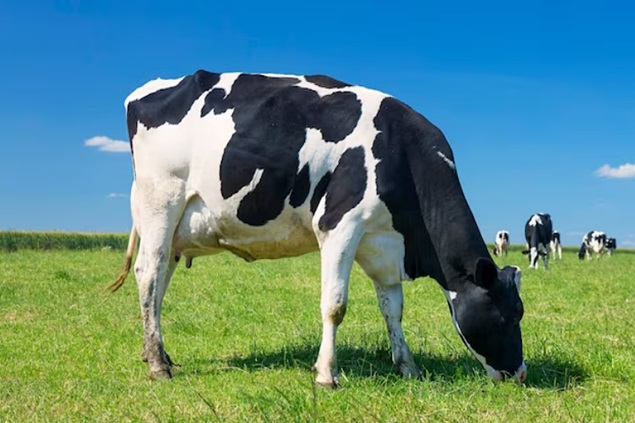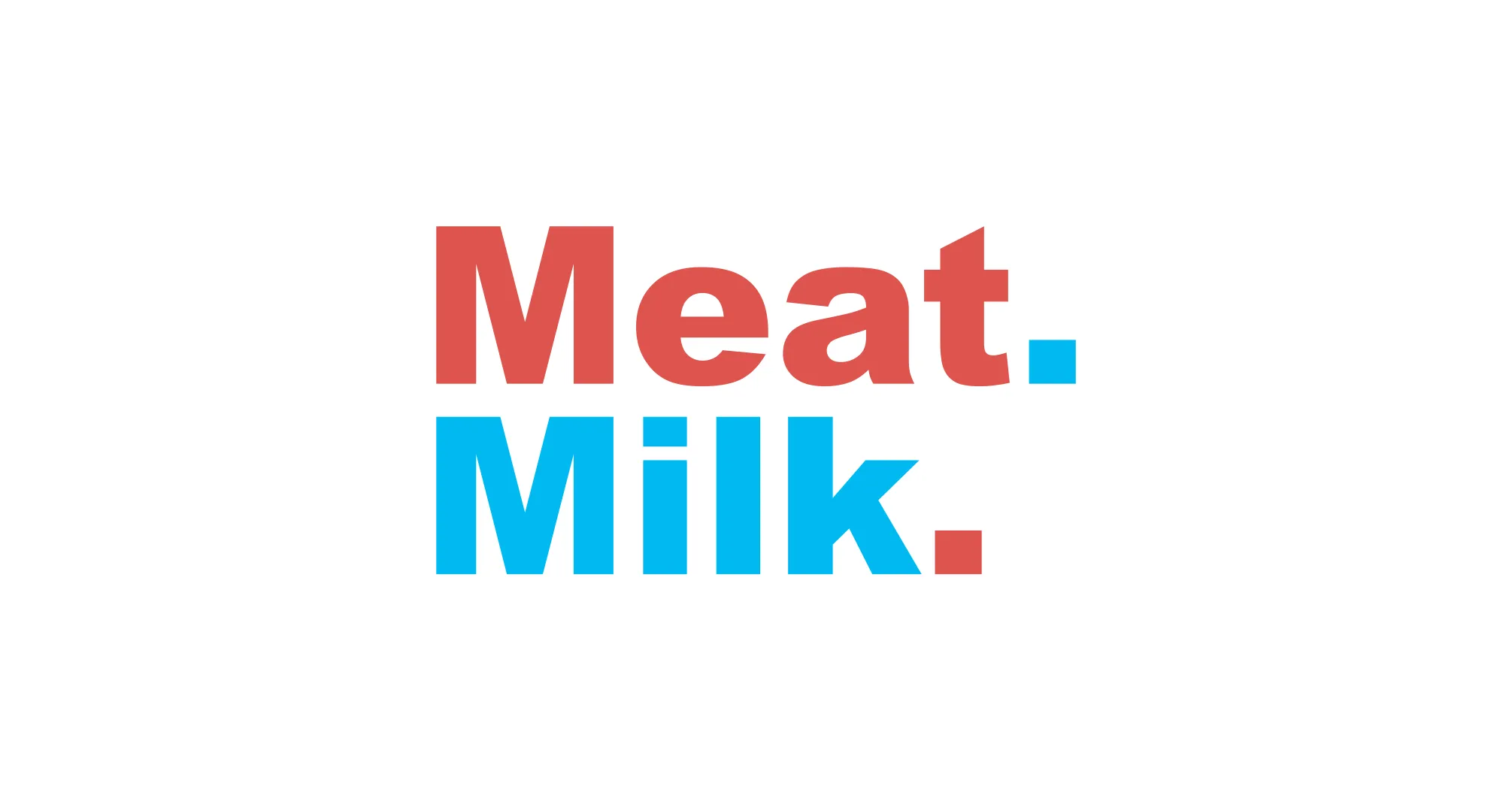
Intensive dairy cattle production systems continually face the challenge of balancing fertility, udder health, and metabolic diseases without compromising milk production and animal welfare, as mentioned in a study cited by DairyGlobal. Consequently, there is a need for a precise and efficient evaluation of udder characteristics in dairy cattle to enable farmers to make more informed breeding decisions for animal selection.
Phenotypic Traits of the Udder
Incorporating both genomic (DNA sequencing) and phenotypic (physical measurements) evaluation methods improves the accuracy of predicting udder-related traits, thereby enhancing udder health, milk production, and overall herd profitability.
Phenotypic evaluation is a critical aspect of the breeding process based on the physical characteristics of dairy cows. Udder phenotypic traits are key indicators of a cow's milk production potential and overall udder health.
Direct measurement and correlated responses to a single trait for milk production are a convenient method in dairy production systems.
Therefore, udder conformation traits such as stature, strength, teat diameter, rear view of the rear foot, hip angle, hip width, fore udder attachment, rear udder height, rear udder arch, udder depth, suspensory ligament, and teat placement are used as selection criteria to increase longevity in dairy cattle.
However, these traits may vary depending on the dairy cow breed or crossbreed being evaluated. Studies show that crossbred cows had less space from the udder to the hock than Holstein cows.
Additionally, crossbred cows had more distance between the front and rear teats and longer teats compared to Holstein cows.
Furthermore, udder conformation in cows with large funnel-shaped teats, pendulous udders post-calving, and blind quarters showed a higher risk of subclinical mastitis or intramammary infections.
Genomic Traits of the Udder
The progress of genomic evaluation in dairy cattle is based on the discovery of new traits of interest to increase the accuracy of genomic selection. Therefore, understanding the criteria used for evaluating genomic udder traits is crucial for breeders looking to make informed decisions regarding animal selection.
To develop efficient selection programs for new traits, it is necessary to create large databases based on extremely reliable estimated genetic values. The reliability of genomic evaluations depends on factors, including the number of reference cows used, the heritability of the trait, and population characteristics.
Studies show a positive correlation between somatic cell score and milk quality and composition traits and a negative correlation between udder conformation, back muscling, and udder volume and milk quality and composition.
Evaluating Mammary Gland Health
Somatic cell scores in early lactation, fore udder attachment, udder depth, and body condition score are used in multi-trait models for traditional and genomic evaluations of mastitis resistance. Selection to reduce the occurrence of cows with deep udders, especially low rear udders, open teats, and short, wide teats, enhances efforts to reduce mastitis incidence.
Poor udder and teat conformation is associated with high levels of intramammary infection. In addition, anatomical features of the teat, such as length, cylinder diameter, and tip, in dairy cows are associated with intramammary infections caused by bacterial populations from the teat skin.
There is a positive genetic correlation between milking speed and somatic cell scores, indicating that faster milking is associated with higher somatic cell scores and a shallower udder depth and narrower rear udder width. Additionally, cows with large rear udders have fewer infections due to Staphylococcus aureus and Streptococcus uberis.
Furthermore, there is a positive genetic relationship between somatic cell count and milk production at the genetic level, but a strong negative relationship at the phenotypic level. A positive genetic correlation between somatic cell count and milk production means that genes contributing to higher milk production also contribute to a higher somatic cell count.
Conclusion
Implementing both genomic and phenotypic udder evaluation criteria for dairy cattle selection provides solid predictions for improving udder health, milk production, and longevity traits, thus generating more durable genetic lines.
Genomic testing allows for accelerated improvement of traits with low heritability, such as health traits; however, phenotypic traits remain essential for successful genomic evaluations provided that proper quality control standards are applied to the data.
Combining both genomic and phenotypic traits facilitates informed decisions for animal selection with higher accuracy, making it essential to provide accurate and unbiased information related to udder-derived traits and other production-related traits.




